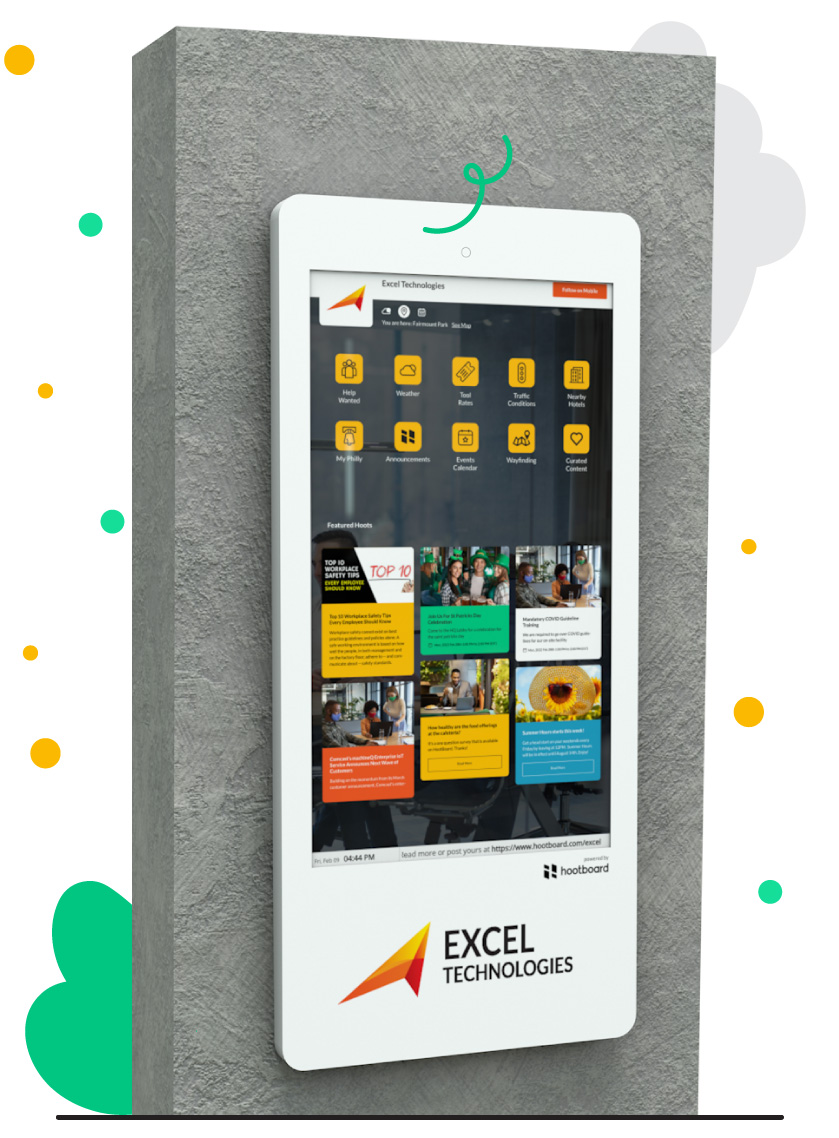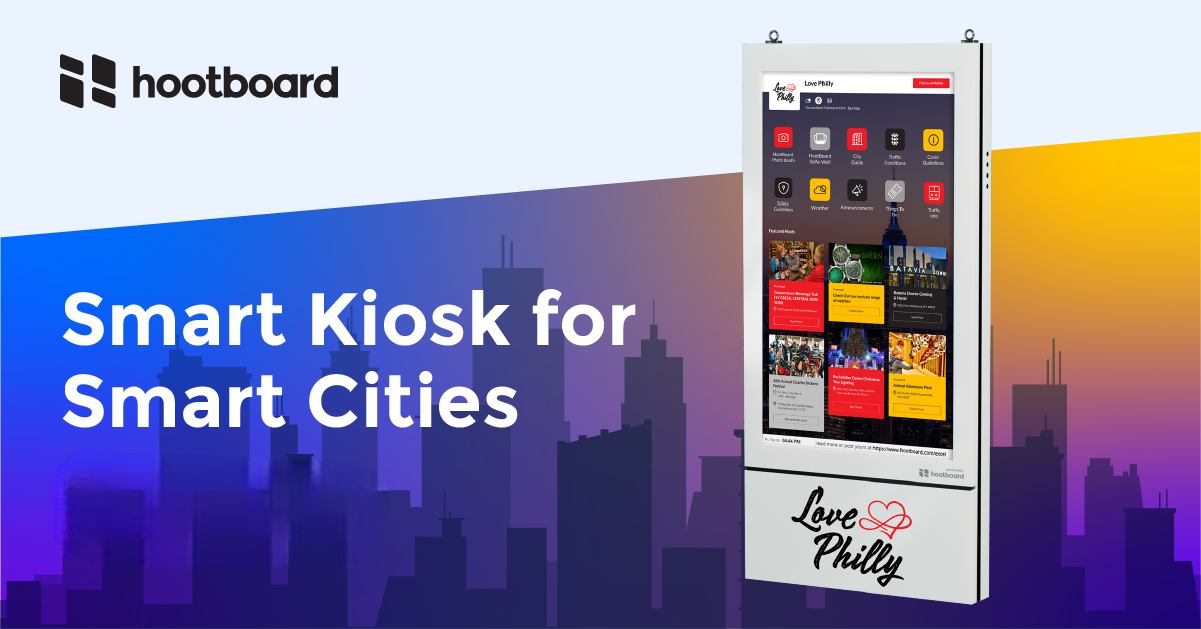Choosing the perfect indoor wayfinding kiosk can transform your space, making it more user-friendly and efficient. The right kiosk guides visitors effortlessly, enhances their experience, and reduces staff workload. In this blog, we’ll break down the essentials of selecting an indoor wayfinding kiosk that’s just right for you.
Understanding Your Space
Before diving into features, it’s essential to evaluate your space and understand the needs of your users. Consider these factors:
- Size and Layout: Assess the complexity of your facility to determine the number of kiosks needed and their optimal placement. Large, complex spaces like airports or hospitals may require multiple kiosks strategically placed at key locations.
- User Demographics: Identify the preferences of your target audience, considering age, language proficiency, and familiarity with technology. For instance, younger users might prefer touchscreen interfaces, while older users might benefit from additional physical navigation aids.
- Specific Requirements: Account for any unique needs, such as accessibility for individuals with disabilities or providing real-time updates on events or promotions. This includes ensuring the kiosks are at a suitable height for wheelchair users and offering features like audio navigation for the visually impaired.
Features and Functionality
When selecting an indoor wayfinding kiosk, prioritize the following features:
- Touchscreen Capabilities: Ensure a responsive and intuitive touchscreen interface for easy user interaction. Capacitive touchscreens are often preferred for their accuracy and ease of use.
- Interactive Maps: High-quality, interactive maps that allow users to zoom, pan, and rotate to find their destination. Maps should be easy to understand and provide clear directions.
- Multi-Language Support: Cater to a diverse audience by offering multiple language options. This can significantly improve the user experience for international visitors or multilingual communities.
- Accessibility Features: ADA-compliant features such as audio assistance, high-contrast displays, and wheelchair accessibility. Including these features ensures inclusivity and compliance with regulations.
- Customization Options: Choose a kiosk that can be tailored to match your branding and aesthetic preferences. Custom skins, logos, and color schemes can help integrate the kiosk seamlessly into your environment.
- Compatibility: Ensure seamless integration with your existing systems like directories, databases, and event management systems. Compatibility reduces technical issues and enhances user experience by providing consistent and updated information.

Additional Features to Consider
- Real-Time Data Integration: Ability to display real-time information such as event schedules, transportation updates, or emergency alerts. This feature can be particularly valuable in dynamic environments like airports or large event venues.
- Analytics and Reporting: Collect data on kiosk usage to understand user behavior and optimize the system. Insights from analytics can help improve the placement, design, and functionality of kiosks.
- Remote Management: Ability to update content and software remotely. This feature simplifies maintenance and ensures that all kiosks display up-to-date information without the need for on-site updates.
Cost
Evaluate the following cost factors to determine the best value for your investment:
- Hardware Costs: The price of the kiosk, which varies based on size, features, and materials. Higher-end materials and larger screens typically increase costs.
- Software Fees: Licensing fees for the wayfinding software, including updates and upgrades. Some vendors may offer subscription-based models or one-time purchase options.
- Maintenance and Support: Ongoing costs for maintaining the hardware, software, and content, as well as technical support. Consider service agreements that cover regular maintenance and emergency repairs.
- ROI: Assess the potential return on investment (ROI) by considering increased visitor satisfaction, reduced staff workload, and improved operational efficiency. Calculate the potential savings from decreased staff inquiries and the enhanced visitor experience that can lead to increased foot traffic and sales.

Assessing ROI: The Long-Term Value of Indoor Wayfinding Kiosks
Investing in indoor wayfinding kiosks can significantly improve user experience, reduce staff workload, and enhance overall efficiency. A well-designed wayfinding system allows visitors to navigate your space with ease, leading to increased satisfaction and a positive first impression. Moreover, these kiosks handle routine inquiries and directions, enabling your staff to focus on critical tasks. Ultimately, this results in a more efficient operation and smoother visitor flow. Evaluating the potential long-term benefits and value of these systems ensures that your investment is both strategic and financially sound.

Conclusion
Indoor wayfinding kiosks are a valuable addition to any modern space, offering numerous benefits. By understanding your specific needs, considering essential features and functionality, and evaluating the overall cost, you can find the perfect kiosk for your facility. With the right wayfinding kiosk in place, you can enhance the visitor experience, streamline navigation, and create a lasting positive impression.
Ready to transform your space with the perfect indoor wayfinding kiosk? Dive in and make the smart choice with HootBoard today!




